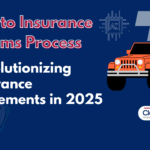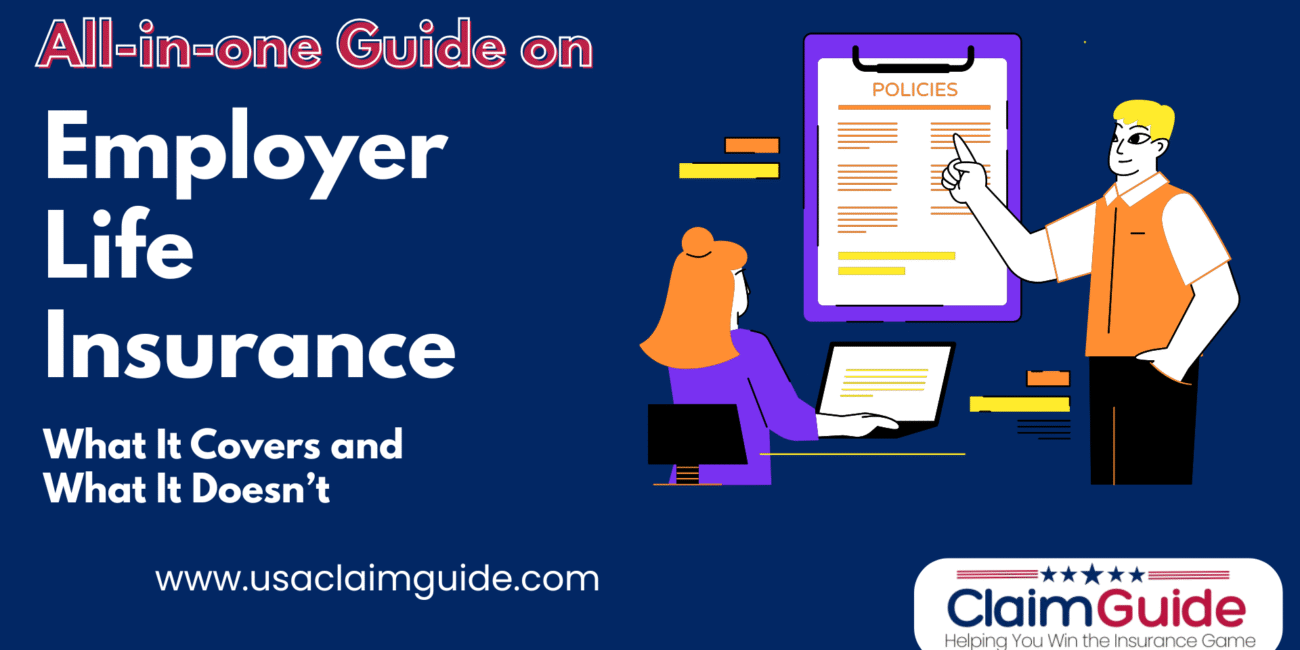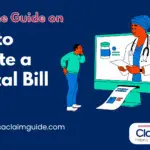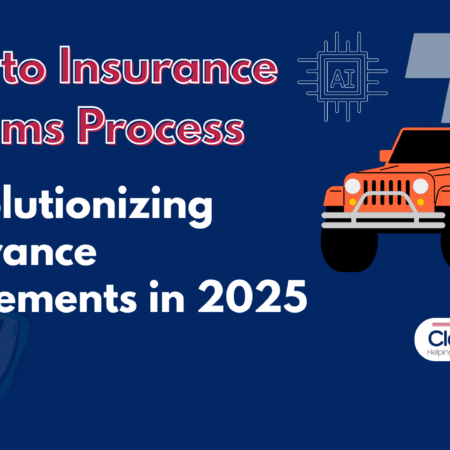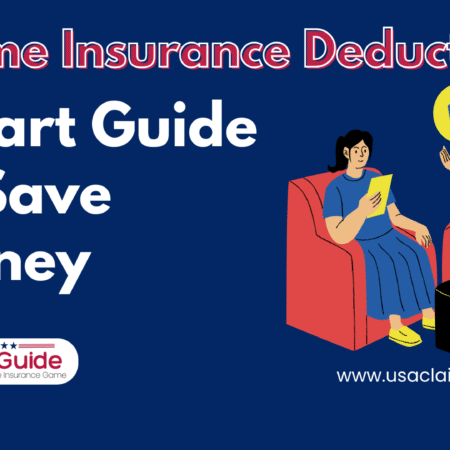In today’s corporate landscape, offering life insurance is no longer a perk reserved for Fortune 500 companies. It’s now a standard feature of benefit packages across industries, from startups to government agencies. For employees, it can be a simple and accessible way to obtain life insurance coverage without navigating the complexities of the private insurance market. For employers, it’s a cost-effective strategy to attract and retain top talent. Despite its widespread availability, most Americans don’t fully understand the long-term value or limitations of these policies.
Questions around portability, coverage sufficiency, and how these policies interact with personal life insurance plans are rarely addressed during on-boarding or benefits orientation sessions. This lack of clarity can leave families vulnerable at the most critical times.With the rise of remote work, job mobility, and an evolving labor market, it’s more important than ever to understand what employer-sponsored life insurance truly offers and what it doesn’t. Whether you’re starting a new job, planning your estate, or simply reevaluating your financial safety net, gaining a clear understanding of your employer’s life insurance policy could be one of the most financially prudent decisions you make.
This article shows the mechanics, benefits, limitations, and legal aspects of employer life insurance in the U.S., equipping you with the knowledge you need to make informed choices that support your long-term security.
In today’s competitive job market, many U.S. employers offer life insurance as part of their employee benefits package. Known as employer life insurance, this form of coverage provides financial protection to the families of employees in case of their untimely death. While it is a common workplace perk, many employees are unaware of how it actually works, what it covers, and how it affects them if they change jobs, retire, or face disability.
As American workers navigate increasingly complex benefits packages, one essential topic continues to be overlooked employer life insurance coverage and its long-term value. While it’s often bundled with other job-related benefits, many employees don’t realize how significantly this coverage could impact their family’s financial security.
Whether you’re a recent graduate starting your first full-time job, a mid-career professional changing employers, or someone evaluating your financial safety net, understanding employer-provided life insurance options in the U.S. is more important than ever. This isn’t just about signing a form during on-boarding it’s about making informed decisions that could influence your family’s future in the event of unexpected tragedy.
From small businesses offering basic coverage to large corporations rolling out tiered life insurance plans with optional add-ons, employer-based life insurance programs in the United States come in many forms. But one question remains: Is the coverage your employer provides actually enough to protect your loved ones?
Most employees never stop to ask what happens to their employer life insurance if they retire, resign, or are let go. Others don’t realize that coverage levels vary and may not be sufficient to cover even a year of living expenses, let alone outstanding debts or future needs like college tuition or mortgage payments.
This article provides a comprehensive breakdown of employer life insurance in the U.S., how to claim it, the tax implications, and everything else you should know to make the most of this benefit.
What Is Life Insurance for Employees by Employers?
Employer-provided life insurance is a group life insurance policy purchased by an employer to provide coverage for its employees. It typically offers a death benefit to a designated beneficiary often a spouse, child, or other dependent, if the insured employee passes away while employed.
The most common type is group term life insurance, which offers coverage for a set period (usually as long as the employee remains with the company).
How Does Employer Life Insurance Work?
Employer life insurance is typically offered at no cost to the employee, or at a subsidized rate. The employer contracts with a life insurance provider to offer group coverage, and premiums are often paid entirely or partially by the employer.
Here’s how it typically works:
- Automatic Enrollment: Many employees are automatically enrolled upon hiring.
- Coverage Limits: Basic coverage often equals one or two times the employee’s annual salary.
- Optional Add-ons: Employees may have the option to purchase supplemental coverage at their own expense.
- Beneficiary Designation: Employees must choose a beneficiary who will receive the death benefit.
Life Insurance Through Employer: Pros and Cons
✅ Pros:
- Free or low-cost: Basic coverage is often employer-paid.
- No medical exams: Group policies usually don’t require a medical exam.
- Easy to manage: Premiums (if any) are deducted from payroll.
❌ Cons:
- Limited coverage: May not be sufficient for employees with families or debts.
- Not portable: Coverage usually ends when you leave the company.
- Supplemental premiums: Additional coverage can become costly over time.
Also Read: Life Insurance Tax : What Beneficiaries and Policyholders Need to Know
Employer Life Insurance Plans
There are various types of employer life insurance plans offered in the U.S.:
- Basic Group Term Life Insurance: The most common and often fully paid by the employer.
- Supplemental Life Insurance: Employees can buy additional coverage, often without a medical exam.
- Dependent Life Insurance: Optional add-on for insuring spouse or children.
- Voluntary Life Insurance: Employees pay the entire premium for coverage beyond the basic level.
- Executive Life Insurance: Tailored for high-level employees with additional coverage and benefits.

What Is Employer-Employee Life Insurance Policy?
An employer-employee insurance policy is a contract where the employer takes a life insurance policy on the life of the employee, often for the financial security of the business (key-man insurance), or as a benefit. It can be part of a Group Term Life policy or a specialized contract that includes investment or savings features, depending on the insurer.
Does Employer Pay for Life Insurance?
In many cases, yes, the employer pays for basic group term life insurance as a part of the benefits package. However, employees often have the option to purchase additional coverage beyond the employer-paid base, usually via payroll deductions.
Also Read: Biggest Mistakes to Avoid When Filing a Life Insurance Claim
Is There Any Tax on Employer Life Insurance?
Yes, there can be tax implications with employer life insurance in the U.S.
- Up to $50,000 of employer-paid group term life insurance is typically tax-free to the employee.
- If coverage exceeds $50,000, the IRS requires employees to pay tax on the “imputed income”—the value of the premium for coverage over the $50,000 threshold.
IRS Reference: IRS Publication 15-B – Employer’s Tax Guide to Fringe Benefits
How to Claim Life Insurance from an Employer-Sponsored Policy
Claiming benefits from employer-sponsored life insurance involves a few critical steps:
- Contact the employer’s HR or benefits department.
- Obtain a claim form from the insurance provider.
- Submit the death certificate along with the completed claim form.
- Choose a payout option, such as a lump sum or installments.
- Await processing, which usually takes a few weeks.
How Do I Cash Out My Employer Life Insurance?
In most cases, you cannot cash out employer-sponsored term life insurance, because it has no cash value. If the employer offers permanent or whole life insurance as part of the benefit (less common), those may accumulate cash value and offer cash-out options, but you’d typically have to convert or own the policy individually.
How Does Employer Sponsored Life Insurance Work?
Employer-sponsored life insurance works through group underwriting. The insurer assesses the risk based on the group as a whole, not individuals. The employer negotiates the terms and premiums, making it easier for employees to gain access to affordable or free coverage without a lengthy approval process.
What Documents Do I Need to Claim Life Insurance?
You will typically need the following documents:
- Original death certificate of the insured employee
- Completed claim form
- Proof of identity (e.g., driver’s license)
- Possibly the employment verification letter
- Beneficiary’s banking information for direct deposit (optional)

What Happens to Your Employer’s Life Insurance When You Quit?
When you leave a job, your employer-provided life insurance usually terminates. Some plans offer:
- Portability: Allows you to keep the same coverage by paying the premiums yourself.
- Conversion: Lets you convert group term life to an individual permanent policy, often at a higher cost.
It’s important to ask your HR department about your options before your last working day.
What Happens to Employer Life Insurance After Retirement?
Upon retirement:
- Basic coverage often ends, unless the employer offers a retiree life insurance plan.
- Some plans offer reduced coverage as a post-retirement benefit.
- You may also be able to convert or continue coverage at your own cost.
Always confirm with your benefits administrator about post-retirement coverage.
What Happens to Employer Life Insurance After Termination?
If you are terminated, employer life insurance coverage typically ends immediately, unless:
- You opt for portability or conversion.
- Your plan offers a grace period or temporary extension.
- You are entitled to continuation under COBRA, though this is rare for life insurance.
Also Read: Joint Life Insurance Claim: Common Mistakes and How to Avoid Them
How Employer Life Insurance Works After Disability
Facing a disability can disrupt not only your health and income but also the benefits you’ve come to rely on especially life insurance through your employer. While most workers assume their coverage automatically continues during medical leave or long-term disability, the reality is far more complex. That’s why it’s crucial to understand how employer life insurance works after disability in the U.S. before you need it.
Many employer-sponsored life insurance policies are tied directly to active employment status. When an employee becomes disabled, especially for an extended period, questions arise: Does my life insurance still apply? Will I need to convert the policy? Do I have to start paying premiums out-of-pocket? The answers depend heavily on the policy terms and your employer’s benefits structure.
For individuals covered under group life insurance through work, disability can trigger unique provisions such as a waiver of premium benefit that allow coverage to remain active without continued payment. But these clauses aren’t guaranteed in every plan. If you’ve suffered a partial or total disability, knowing whether your employer’s life insurance remains valid can make a critical difference for your family’s financial future.
Additionally, some employers offer a transition to individual coverage, while others may terminate life insurance benefits entirely once short-term disability ends. Employees who understand their options early such as converting group life insurance to individual coverage after disability are often better positioned to maintain uninterrupted protection.
If you become disabled:
- Some plans offer waiver of premium provisions, which allow your coverage to continue without payments.
- You may qualify for continued coverage if you meet the policy’s criteria for total disability.
- Each plan varies, so it’s crucial to review the policy documents or consult HR.
Government Resources and Helpful Links
For more information about employer life insurance in the U.S., check these resources:
- U.S. Department of Labor – Life Insurance Benefits
- Healthcare.gov – Life Insurance
- IRS Publication 15-B – Fringe Benefits Tax Guide
- NAIC – Life Insurance Resources
Conclusion: Is Employer Life Insurance Enough?
While employer life insurance in the U.S. is a valuable benefit, it may not be sufficient for long-term financial security. Coverage often ends with employment, and basic amounts may not cover mortgage debt, education, or future expenses.
It’s wise to:
- Review your employer policy details
- Evaluate your personal insurance needs
- Consider purchasing individual life insurance for added protection
By understanding how employer life insurance works, what it offers, and what it doesn’t, you can make smarter decisions about your financial future and that of your loved ones.


